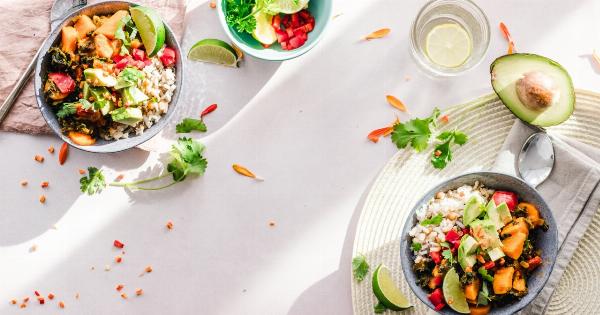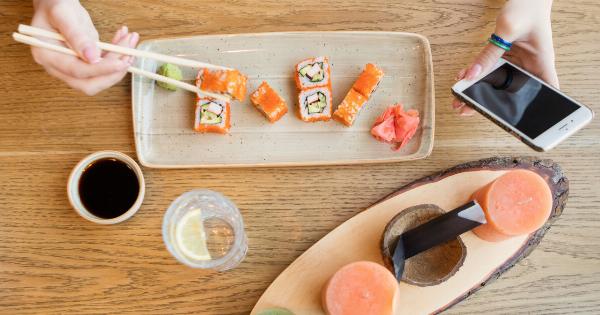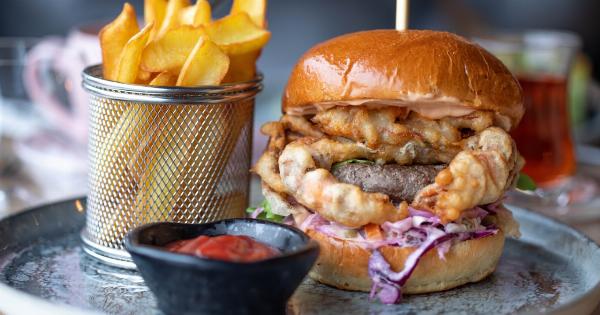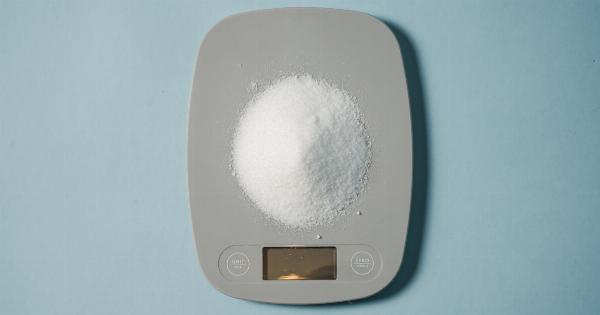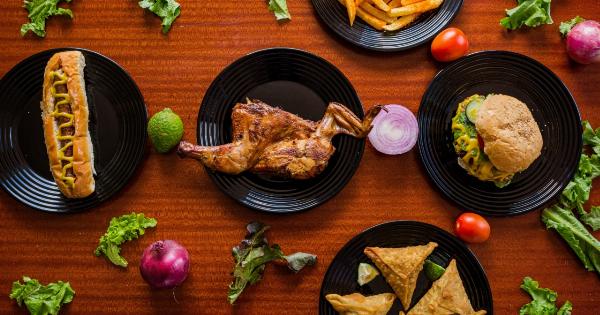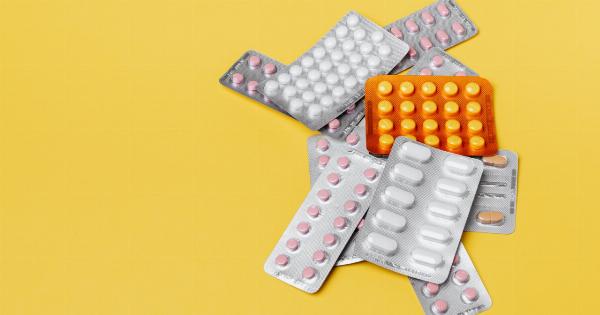Stroke and infarction are serious medical conditions that can have devastating effects on a person’s health and well-being. Many factors contribute to the risk of developing these conditions, including lifestyle choices and dietary habits.
One important aspect of our daily routine that can affect our risk of stroke and infarction is lunch. In this article, we will explore how lunch choices and eating patterns can impact the risk of stroke and infarction, and provide insights into making healthier choices.
Lunch and Stroke Risk
Studies have shown a link between lunch and the risk of stroke. Consuming a healthy and balanced lunch can help reduce the risk of stroke by providing necessary nutrients and promoting overall well-being.
On the other hand, a poor lunch choice can increase the risk of stroke. Here are some key factors to consider:.
1. Nutrient Content
The nutrient content of your lunch plays a crucial role in determining your stroke risk. A lunch that is high in saturated fats, sodium, and cholesterol can contribute to the development of stroke.
These nutrients can lead to high blood pressure, a major risk factor for stroke. It is important to opt for a lunch that is low in saturated fats and sodium and rich in essential nutrients such as fruits, vegetables, whole grains, and lean proteins.
2. Portion Size
The portion size of your lunch can also impact your stroke risk. Consuming large, heavy meals can lead to weight gain and obesity, both of which are associated with an increased risk of stroke.
It is recommended to have smaller, balanced portions for lunch, allowing your body to absorb and process the nutrients more effectively.
3. Meal Frequency
The frequency of your lunchtime meals can also influence your risk of stroke. Research suggests that skipping lunch or having irregular eating patterns can have negative consequences on your cardiovascular health.
It is important to establish a regular lunch routine and avoid prolonged periods of fasting, as this can lead to blood sugar imbalances and increased risk of stroke.
Lunch and Infarction Risk
In addition to stroke, the choices we make during lunchtime can also impact the risk of infarction. Infarction refers to the obstruction of blood supply to an organ or tissue, causing tissue damage. Here are some factors to consider:.
1. Salt Intake
High salt intake during lunchtime can increase the risk of infarction. Excess sodium can lead to high blood pressure and subsequent damage to blood vessels.
It is advisable to cut down on processed foods and opt for a homemade lunch that allows you to have better control over the salt content.
2. Trans Fats
Trans fats are known to increase the risk of infarction. These unhealthy fats are commonly found in fried and processed foods. It is important to avoid such foods during lunchtime and choose healthier alternatives like grilled or baked options.
3. Fiber Intake
Adequate fiber intake during lunch can help reduce the risk of infarction. Fiber-rich foods such as whole grains, legumes, and vegetables promote cardiovascular health by reducing cholesterol levels and maintaining blood vessel health.
Including these foods in your lunch can have a positive impact on your overall well-being.
Tips for a Healthy Lunch
Now that we understand the role of lunch in stroke and infarction risk, here are some tips to make your lunch healthier:.
1. Include Colorful Vegetables and Fruits
Adding a variety of colorful vegetables and fruits to your lunch can provide essential nutrients, antioxidants, and fiber. These can help lower the risk of stroke and infarction.
2. Choose Lean Proteins
Opt for lean protein sources such as grilled chicken, fish, beans, or tofu. These options are lower in saturated fats and can help maintain healthy blood vessels.
3. Go for Whole Grains
Replace refined grains with whole grains like brown rice, quinoa, or whole wheat bread. Whole grains are packed with fiber, vitamins, and minerals that contribute to cardiovascular health.
4. Minimize Processed Foods
Avoid processed foods that are high in sodium, trans fats, and added sugars. These can significantly increase the risk of stroke and infarction.
5. Stay Hydrated
Make sure to drink sufficient water during lunchtime. Staying hydrated is essential for proper blood circulation and overall health.
Conclusion
Our lunch choices and eating patterns have a significant impact on the risk of stroke and infarction.
By making healthier choices, such as opting for nutrient-rich foods, controlling portion sizes, and maintaining a regular lunch routine, we can reduce our risk of these serious medical conditions. It is essential to prioritize our health and well-being when making lunchtime decisions.












